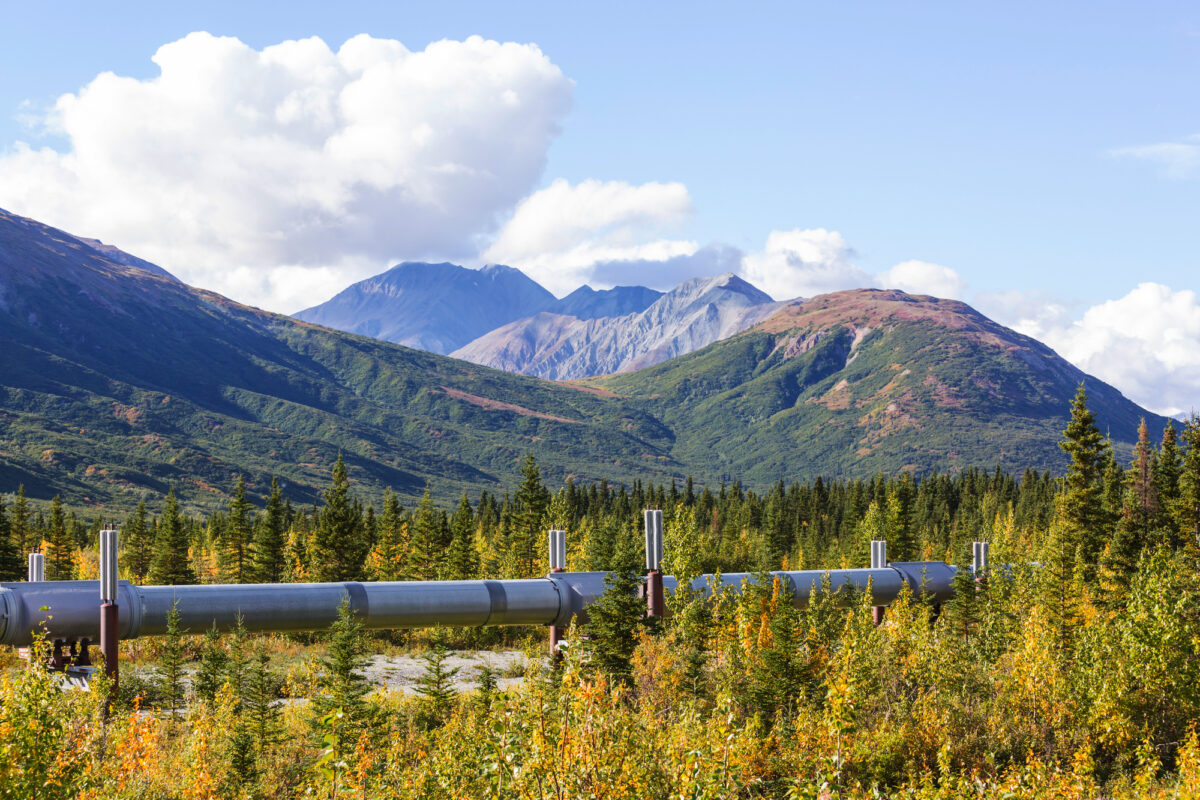Kazakhstan is one of the largest players in the global hydrocarbon market, and its main pipelines play a key role in exporting oil and gas. In the context of the global energy transition, technological progress, and geopolitical changes, the industry faces new challenges and opportunities.
1. Expansion of Export Routes
The main directions for exporting Kazakhstani oil are Russia (CPC pipeline system), China, and the Caspian region. In recent years, Kazakhstan has been actively diversifying its routes to reduce dependence on transit countries and enhance energy security. Among the promising directions:
- – Increasing the capacity of the Kazakhstan–China pipeline.
- – Developing the Trans-Caspian route through Azerbaijan, Georgia, and Turkey.
- – Building new export capacities toward the Persian Gulf.
2. Digitalization and Automation
Modern technologies are being actively introduced into pipeline operations. Key trends include:
- – Internet of Things (IoT) – sensors and real-time monitoring systems allow tracking of pressure, temperature, and potential leaks.
- – Artificial Intelligence (AI) and Big Data – data analysis helps predict failures and reduce the risk of accidents.
- – Automation and robotics – use of drones for inspections and autonomous robots for cleaning and pipe repairs.
3. Sustainable Development and Carbon Footprint Reduction
Global energy policy is moving toward decarbonization, which also affects Kazakhstan’s pipeline sector. Main directions:
- – Use of hydrogen – prospects for transporting hydrogen blends via existing gas pipelines.
- – Electrification of pumping stations – transition to renewable energy sources to reduce CO₂ emissions.
- – Environmental standards and ESG approach – companies implement “green” technologies and strengthen environmental impact control.
4. Import Substitution and Technology Localization
Sanctions and geopolitical instability push Kazakhstan toward developing its own domestic production of pipes and equipment. Important areas:
- – Production of large-diameter pipes at local enterprises.
- – Development of service centers for repair and maintenance.
- – Creation of research clusters for developing new materials.
5. Security and Cyber Protection
With increasing digitalization, cyber threats are growing as well. Main pipelines have become targets for hacker attacks, requiring enhanced protection measures, including:
- – Implementation of comprehensive cybersecurity systems.
- – Development of national threat monitoring centers.
- – Use of blockchain technology to protect transaction and operational data.
The future of Kazakhstan’s main pipelines is determined by a combination of technological progress, sustainable development, and geopolitical strategy. The adoption of innovations, digital transformation, and environmental initiatives will help increase the efficiency of the sector and strengthen the country’s position in the global energy market.


